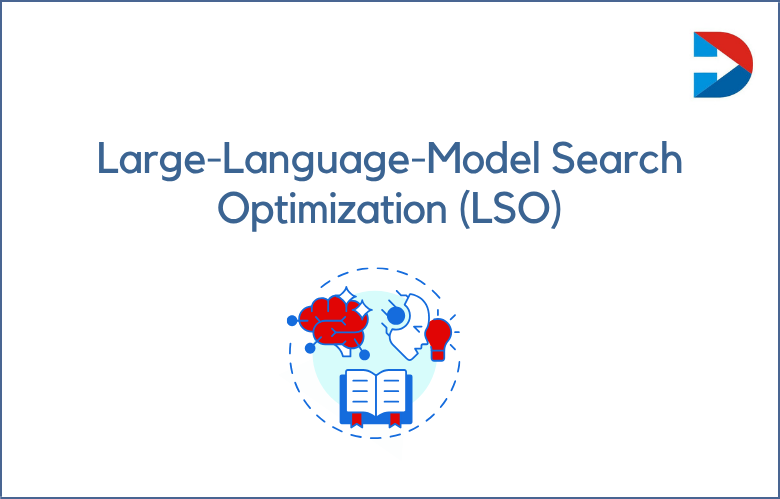
We hear much about demand and lead generation in the marketing world. But what exactly do they mean, and what is their difference? These are fundamental concepts that every marketer should understand to support a company’s growth goals.
We will dive into demand generation and lead generation, define their differences, and highlight their differences. We will also provide some best practices for creating and executing effective demand and lead-generation strategies.
What is Demand Generation?
Demand generation encompasses all marketing activities to create awareness, interest, and engagement with potential customers. Its ultimate goal is to drive revenue and long-term relationships with the audience.
A successful demand generation strategy focuses on building brand awareness, developing relationships with prospects, and ensuring your target audience is engaged and interested enough to continue the conversation.
Demand generation helps a business create a demand for its products or services in a market where there is none, thus increasing the chances of lead conversion. Demand generation includes social media campaigns, webinars, events, and content marketing.
The Objectives of Demand Generation
The main objective of demand generation is to create interest and awareness in your brand and to influence prospects to consider your product or service when they need it.
You build a positive reputation and trust with your audience, leading to better relationships, engagement, and conversion rates.
Demand generation also helps you understand your target audience’s needs and preferences, which can inform future marketing efforts.
What is Lead Generation?
Lead generation identifies potential customers and collects their information, such as email, phone numbers, and other contact details.
Its goal is to generate a pool of interested leads that can be converted into paying customers. Successful lead generation strategies typically focus on short-term tactics to optimize the conversion rate to sales.
Lead generation tactics include email marketing campaigns, social media and paid advertising campaigns, cold-calling, and traditional direct mail.
Differences between Demand Generation and Lead Generation:
The critical difference between demand and lead generation is their specific focus areas.
Demand generation takes a long-term approach to cultivating interest and awareness of a brand, while lead generation is about generating leads that convert into paying customers.
The Objectives of Lead Generation
The primary goal of lead generation is to identify prospects who are interested in your product or service and capture their contact information to continue the conversation and move them down the funnel toward a sale.
It enables you to target the most qualified leads and helps sales reps prioritize their sales activities, shortening the sales cycle.
Lead generation also allows you to track your return on investment (ROI) and optimize your marketing efforts based on data.
Understanding the Difference between Demand Generation and Lead Generation
Effective marketing strategies are crucial for the success of any business. It helps to generate leads, convert them into customers, and boost revenue.
However, not all marketing strategies are created equal, and it is crucial to understand the difference between demand generation and lead generation.
Both play a vital role in the sales cycle but have different goals and tactics. We will discuss the definition, objectives, and advantages of demand and lead generation.
What is the Difference between Demand Generation and Lead Generation?
While both demand and lead generation are essential for your marketing strategy, they have different goals and approaches.
Demand generation focuses on building trust, reputation, and brand awareness, while lead generation focuses on capturing contact information and qualifying prospects for sales.
Lead generation typically comes after demand generation, and the two work together to create a successful sales funnel.
How are They Different?
While demand generation and lead generation are both critical components of a comprehensive marketing strategy, their goals, tactics, and intended outcomes differ.
Demand generation aims to create brand awareness, position your company as a thought leader, and generate interest in your products or services.
It targets a broader audience to create a pipeline of future buyers, whereas lead generation targets more specific, high-value prospects to convert them into qualified leads.
Lead generation is a more focused approach aimed at moving the target audience through the various sales funnel stages to make a purchase.
Demand generation involves creating content that attracts prospects, whereas lead generation involves crafting content that captures contact information.
Demand generation campaigns involve social media, events, and other strategies that appeal to a broader audience, while lead generation involves more targeted advertising, email campaigns, and forms.
Demystifying Demand Generation and Lead Generation: What’s the Difference and Why Does it Matter?
With the constantly evolving digital landscape, marketers often need help to keep up with new terminologies and trends.
However, two terms that have been around for some time now and still need clarification are demand generation and lead generation. While they might sound similar, these terms refer to two different aspects of the marketing process.
It aims to clear the air and provide a comprehensive understanding of both concepts, their differences, and why they matter to your business.
Let’s start with the basics. Lead generation is generating potential customers or clients for your business.
It typically involves offering something of value, such as a free eBook or a webinar, in exchange for contact details like email addresses, phone numbers, and names.
These leads are then added to your marketing database, and you can nurture them into becoming paying customers. In short, lead generation focuses on gathering contact information and turning those contacts into customers.
Best Practices for Demand and Lead Generation
You must have a robust and consistent brand message for successful demand generation that creates demand for your business’s products or services.
Your brand message should be clear, concise, and easy to understand. Ensure you engage your audience through relevant content marketing, webinars, events, and SEO optimization.
Define your Ideal Customer:
The first step in any demand and lead generation strategy is clearly understanding your ideal customer.
Who are they? What are their pain points? What are their interests and needs? Use this information to create buyer personas and segment your target audience.
Create Compelling Content:
Once you have identified your ideal customer, it’s time to create content that speaks to their needs.
Your content should be informative, engaging, and focused on solving your target customer’s pain points. Share relevant eBooks, whitepapers, or other content that can add value to their lives.
Leverage Social Media:
Social media is a powerful tool to help you reach a wider audience. Identify the social media platforms where your target customers are present and create a social media strategy that includes organic and paid campaigns.
Share your content on social media, participate in relevant groups, and engage with your audience to build strong relationships.
Use Targeted Advertising:
Targeted advertising is an effective way to reach your target audience and generate leads.
Use platforms like Google Adwords and Facebook Ads to create highly targeted ads that resonate with your audience. Ensure your ads are visually appealing and include a clear call to action.
Nurture Leads:
Lead nurturing is crucial to converting prospects into customers. Develop a lead nurturing program that includes targeted emails, messages, and personalized content that adds value to the prospect’s buyer journey.
Use marketing automation software to streamline the process and create a personalized experience for your prospects.
Conclusion:
Demand and lead generation work together, and a successful marketing strategy requires both. Understanding their differences is essential to determine the right balance of investment and effort into each.
Remember, measuring the value of a demand generation campaign may not look exactly like a lead generation campaign. Still, they ultimately work together to increase revenue and support long-term customer engagement.




